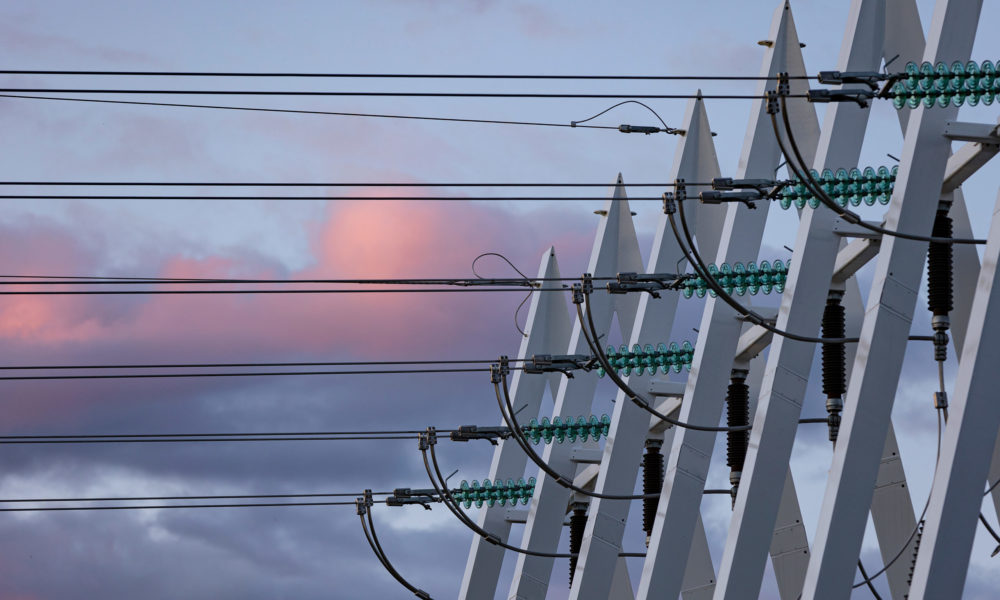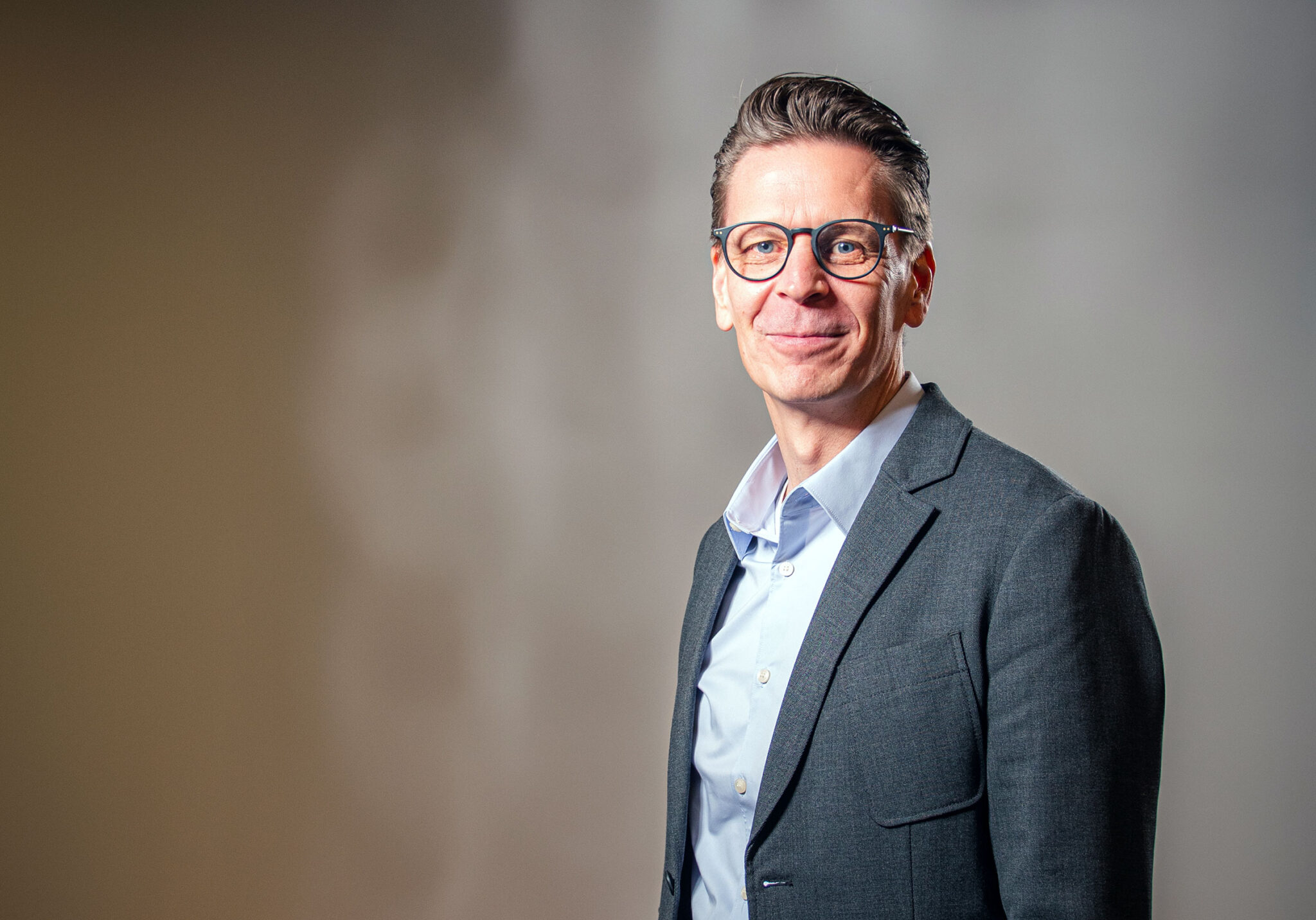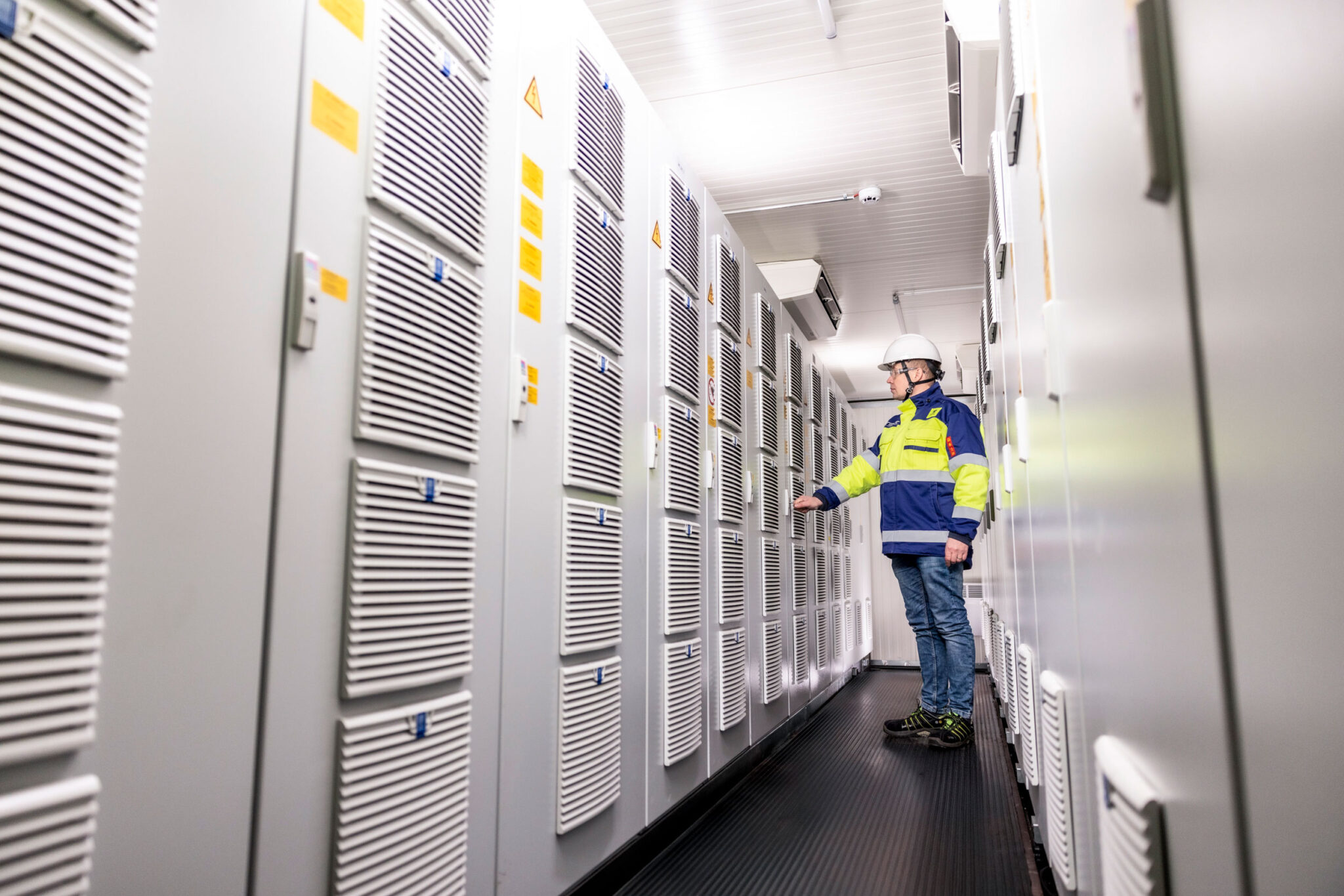“Our goal in the committees is to obtain the views of different customer groups to support our decision-making. They are advisory bodies and make no decisions. The activities involve listening to introductions and having discussions based on them. The customer committees usually deal with principal topics rather than individual projects in detail,” says Senior Vice President Jussi Jyrinsalo, who is responsible for customers at Fingrid.
Earlier, Fingrid classified customers as companies and organisations that were connected directly to the main grid. Now the definition is broader.
“As a result of European network codes and the integrating market, a wider range of actors has begun to take an interest in Fingrid’s activities. We now have approximately 200 customers if these are taken into account,” states Jyrinsalo.

Bringing up the views of different customer groups
The Advisory Committee deals with Fingrid’s activities on a general level and has 12 members. The Grid Committee, Operations Committee and Market Committee each have 8–12 members as well as 2–3 Fingrid’s representatives. The term of office for a member is three years.
Fingrid invites new members to a committee so that its composition represents the customer groups equally.
“The committees have representatives from electricity producers, electricity distributors, large consumers and other electricity market actors. When a member changes, we look for a representative with the same profile and we also consider regional representation. We offer a vantage point on a national and European scale,” promises Jyrinsalo.
Openness is a key part of committee work.
“If it seemed like the committees were some sort of secret clubs where decisions are made behind the backs of others, they would have to be terminated in accordance with competition law. The key to committee work is transparency and openness. The agendas are published on the Fingrid website one week before the meeting and the minutes can be found in the same place after the meeting.
If one of our customers who is not part of a committee wants to comment on the issues being addressed, they can contact the secretary of the committee. We also encourage committee members to share the information they receive with their interest groups. If we make significant changes, we arrange a broader customer consultation.”

The Market Committee is a vantage point
In 2017, SSAB’s Energy Manager Mikko Lepistö became the first customer representative to be elected chair of the Market Committee. He has good experiences of committee work.
“The greatest benefit of participating in Fingrid’s committee work is the chance to hear what’s happening to the main grid and
European electricity production and discuss the impacts of these changes. Fingrid can present different ideas at the meetings and quickly obtain well-grounded opinions from its customers,” explains Lepistö.
SSAB is a large customer because it uses about 1% of all the electricity consumed in Finland. As a result, it is naturally interested in market development.
“Market Committee work is a good way to keep up with what’s going on, because the pace of change is fast. When we know this, we are better able to present our perspective on decision-making.”
Lepistö emphasises democracy in his role as chair.
“Every member definitely knows how to make their mark during the discussion and the chair doesn’t need to activate anyone. The discussion is very animated, so staying on schedule is the biggest challenge.”
The interests of different customer groups sometimes conflict, and the discussions often strive to find compromises and balanced solutions.
“The members of the Market Committee are sensible people who don’t argue in meetings. The fact that nothing is decided in the meetings also helps defuse any conflicts. The issues are supposed to remain open, but each member can present the opinions of their own interest group,” states Lepistö.







